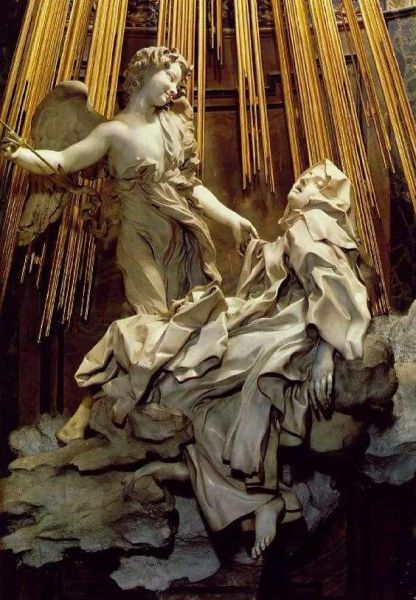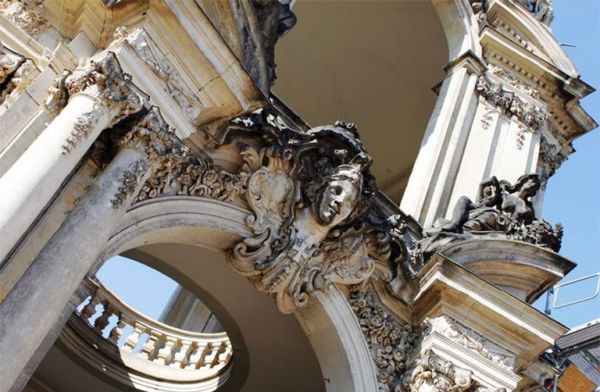Early Baroque sculpture in England was influenced by an influx of refugees from the Wars of Religion on the continent. One of the first English sculptors to adopt the style was Nicholas Stone (1586–1652). Stone adapted the Baroque style of funeral monuments, particularly in the tomb of Lady Elizabeth Carey (1617–18) and the tomb of Sir William Curle (1617). Like the Dutch sculptors, he also adapted the use of contrasting black and white marble in the funeral monuments, carefully detailed drapery, and made faces and hands with remarkable naturalism and realism. At the same time that he worked as a sculptor, he also collaborated with Inigo Jones as an architect.

In the second half of the 18th century, the Anglo-Dutch sculptor and wood carver Grinling Gibbons (1648 – 1721), who had likely trained in the Dutch Republic created important Baroque sculptures in England, including Windsor Castle and Hampton Court Palace, St. Paul’s Cathedral and other London churches. Most of his works are made of lime wood, especially decorative Baroque garlands.
England did not have a homegrown art sculpture school that could supply the demand for monumental tombs, portrait sculpture and monuments to men of genius. As a result sculptors from the continent played an important role in the development of Baroque sculpture in England. Various Flemish sculptors were active in England from the second half of the 17th century, including Artus Quellinus III, Antoon Verhuke, John Nost, Peter van Dievoet and Laurens van der Meulen. These Flemish artists often collaborated with local artists such as Gibbons. An example is the equestrian statue of Charles II for which Quellinus carved the relief panels for the marble pedestal, and designs by Gibbons.

In the 18th century, the Baroque style of western sculpture would be continued by a new influx of continental artists, including the Flemish sculptors Peter Scheemakers, Laurent Delvaux and John Michael Rysbrack. Rysbrack was one of the foremost sculptors of monuments, architectural decorations and portraits in the first half of the 18th century. His style combined the Flemish Baroque with Classical influences, who operated an important workshop whose output of Marble Sculpture left an important imprint on the practice of sculpture.

